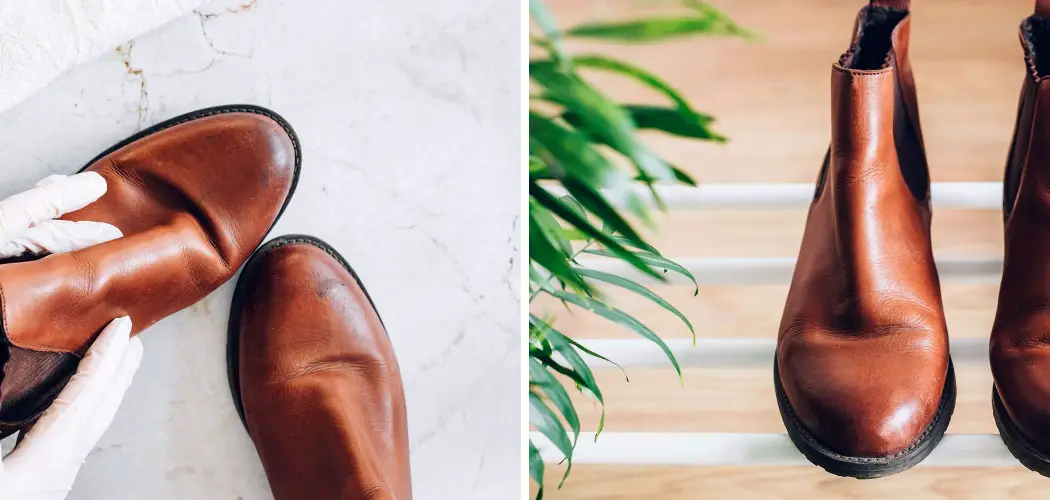Are you someone who loves to spend time outdoors? Do you enjoy hiking, gardening, or any other outdoor activities?
Coming into contact with poison ivy can be an unpleasant experience, especially when it leads to the troublesome rash and irritation associated with its oils. One of the most common ways people encounter poison ivy is by inadvertently brushing against it with their shoes during outdoor activities. It’s important to promptly and effectively remove the urushiol oil—the substance responsible for the rash—from shoes to prevent further spread and irritation.
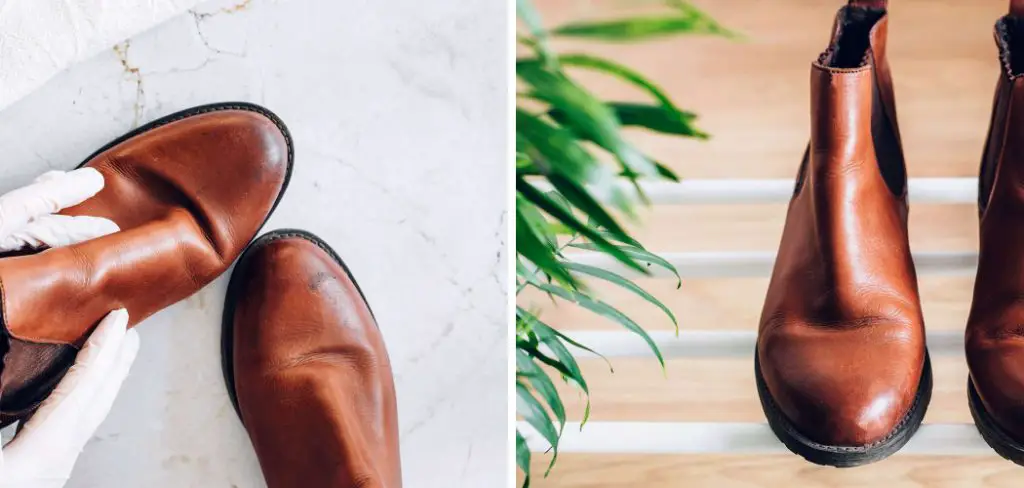
In this guide, we will explore various methods of how to get poison ivy off of shoes and ensure the oil is completely removed, thus safeguarding your skin and preventing any unwanted reactions.
What Will You Need?
Before we dive into the different methods of removing poison ivy from shoes, here are some items that you will need:
- Protective gear (gloves, long-sleeved shirt, pants)
- Rubbing alcohol or dish soap
- Water and a bucket
- A scrub brush or old toothbrush
- Hot water and detergent for machine-washable shoes
- A plastic bag for disposal
Once these items are ready, let’s remove that pesky poison ivy from your shoes.
10 Easy Steps on How to Get Poison Ivy Off of Shoes
Step 1. Put on Protective Gear:
Before you begin cleaning your shoes, it’s crucial to protect your skin from coming into contact with any residual urushiol oil. Don rubber or latex gloves to cover your hands, and wear a long-sleeved shirt and pants to minimize exposure to your arms and legs. This protective gear ensures that you won’t transfer the oil to other surfaces or your skin, reducing the risk of spreading the rash.
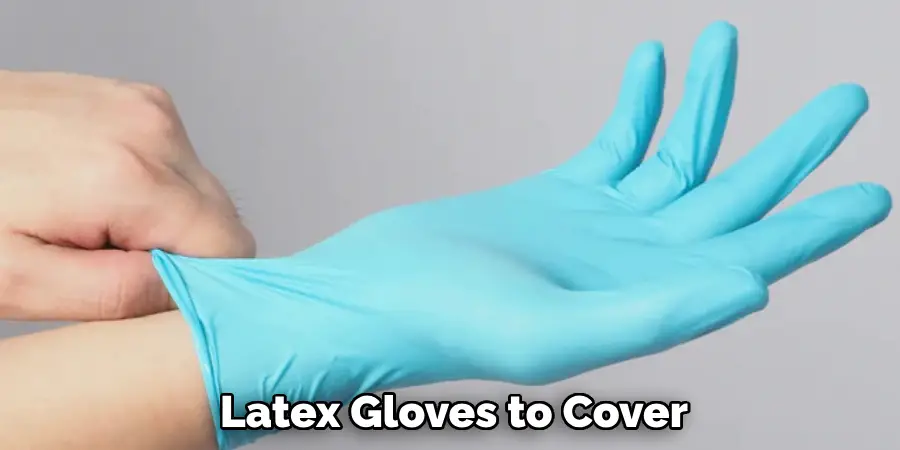
Remember, urushiol oil can linger on surfaces for extended periods, so taking precautions is a crucial step before starting the cleaning process. Once your protective gear is in place, you can move on to the cleaning steps.
Step 2. Remove Dirt and Debris:
Begin by removing any loose dirt and debris from your shoes. This initial step helps ensure the cleaning agents can effectively reach and remove the urushiol oil. Use a scrub brush or an old toothbrush to gently remove any mud, grass, or leaves stuck to your shoes. Be thorough in this step, as removing surface debris will make the subsequent cleaning processes more efficient.
Do this outdoors or over a surface that can be easily cleaned, as the debris may contain traces of urushiol oil.
Step 3. Apply Rubbing Alcohol or Dish Soap:
Next, apply rubbing alcohol or dish soap to the affected areas of your shoes. If you’re using rubbing alcohol, pour a small amount onto a clean cloth or sponge and gently dab it on the surface of the shoe, concentrating on the areas that may have come into contact with poison ivy. Alternatively, if using dish soap, mix a generous amount of soap with water in a bowl or bucket to create sudsy water.
Use a cloth or sponge to apply the suds, scrubbing the areas that may have been exposed to urushiol oil. These substances can break down the oil, making it easier to remove. Make sure to clean all surfaces thoroughly and keep in mind that multiple applications might be necessary to fully eliminate the oil.
Step 4. Scrub and Rinse:
Once you have applied your cleaning agent, it’s time to scrub the shoes thoroughly. Use your scrub brush or old toothbrush to work the agent into the fabric or material of the shoe. Focus on areas most likely exposed to poison ivy, such as the soles and sides. Scrubbing vigorously will help lift the urushiol oil away from the surface. After scrubbing, rinse the shoes with water to wash away the cleaning agent and any lingering oil. Rinse all surfaces, as residual cleaning substances can attract dirt.
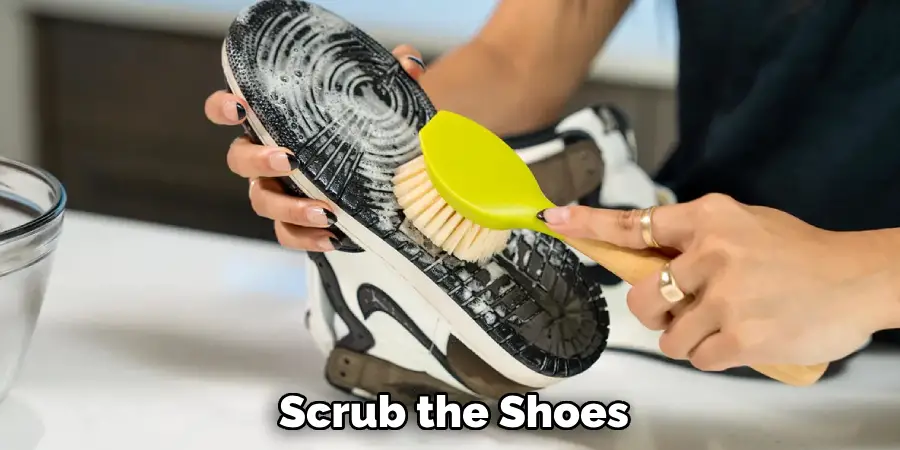
Use plenty of water to ensure all traces of soap or alcohol are removed, leaving the shoes clean and urushiol-free.
Step 5. Inspect for Remaining Urushiol Oil:
After rinsing your shoes, carefully examine them for any remaining traces of urushiol oil. Look for areas that might still appear shiny or sticky—this can indicate that some oil is still present. If you identify any spots, repeat the scrubbing and rinsing process on those areas. It’s essential to remove all oil to prevent any contact risk and subsequent skin irritation. Being diligent in this step can prevent future woes associated with poison ivy exposure.
Step 6. Clean Washable Shoes in the Machine:
Machine-washable shoes should be placed in the washer with hot water and regular detergent. The heat will aid in breaking down any remaining urushiol oil, and the detergent will help lift it from the fabric. Ensure the shoes are placed in a washable bag or pillowcase to prevent damage to the boots and the washing machine. Use a appropriate cycle for the shoe’s material and check the care label for guidance.
After washing, inspect the shoes again to ensure all oil has been eradicated before allowing them to dry completely.
Step 7. Dry the Shoes Thoroughly:
Once your shoes have been thoroughly cleaned and inspected for any remaining urushiol oil, it’s crucial to dry them thoroughly before putting them away. Moisture can encourage mold growth and may allow any residual oil to transfer. If your shoes are suited for machine drying, dry them according to the manufacturer’s instructions. Alternatively, air-drying them in a well-ventilated space away from direct sunlight is ideal for maintaining their shape and material integrity.
Use absorbent materials like newspaper or a towel to ensure the interior dries fully. Proper drying protects your footwear and guarantees they’re ready for your next outdoor adventure without the risk of spreading poison ivy.
Step 8. Dispose of Contaminated Items:
Once you have finished cleaning and drying your shoes, appropriately dispose of any items that might have come into contact with poison ivy. This includes disposable gloves, a used scrub brush, and any other cleaning materials. Place them in a sealed plastic bag before disposing of them to prevent any accidental transfer of urushiol oil to different surfaces or individuals.
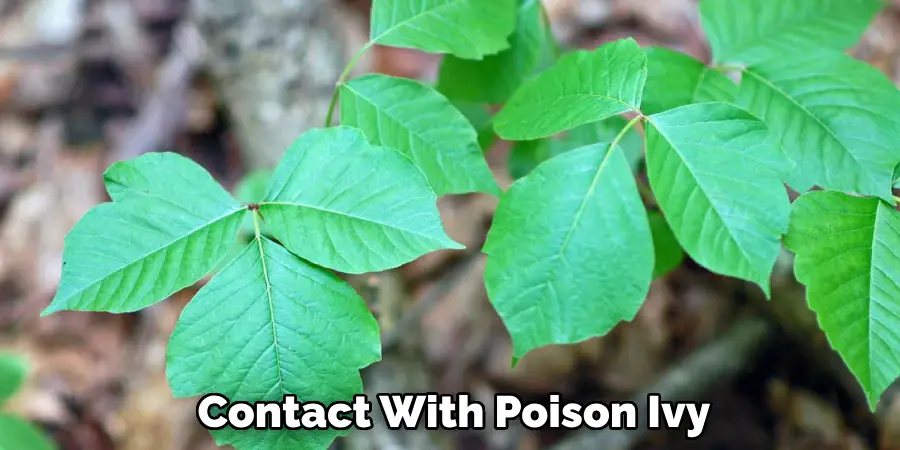
Proper disposal is a crucial final step in ensuring that all traces of the oil are effectively removed and that there is minimal risk of further contamination. Handling these items appropriately will safeguard you and others from developing a rash.
Step 9. Clean the Area and Wash Your Hands:
After completing the cleaning and disposal process, ensure that the area you used for cleaning is thoroughly sanitized. Use a disinfectant to wipe down any surfaces that may have come into contact with urushiol oil during the cleaning process. This includes countertops, sinks, or any outdoor cleaning area. Using gloves and washing them afterward is essential, as urushiol oil can quickly transfer.
Once the area is clean, remove and dispose of your gloves safely, then wash your hands with soap and water. Make sure to scrub thoroughly, especially around your nails and between your fingers, as these areas can harbor oil residues. Cleaning the area and washing your hands are critical measures to remove all traces of oil, safeguarding you from an accidental rash from poison ivy exposure in the future.
Step 10. Monitor for Skin Reactions:
Even after thoroughly cleaning and taking precautions, monitoring your skin for reactions that may suggest contact with urushiol oil is essential. Symptoms such as itching, redness, or a rash could indicate exposure. In such cases, immediately wash the affected area with soap and water and consider using an over-the-counter hydrocortisone cream to alleviate discomfort.
If symptoms worsen or persist, consult a healthcare professional for appropriate treatment. Prompt attention to any skin reactions can help minimize pain and prevent further irritation.
By following these steps, you can effectively clean your shoes and other items that may have come into contact with poison ivy.
Will Hand Sanitizer Kill Poison Ivy?
Hand sanitizer has become a popular household item, especially in recent times. With the outbreak of the COVID-19 pandemic, people have started using hand sanitizers more frequently to keep their hands clean and free from germs. However, one question that often arises—can hand sanitizer kill poison ivy?
The answer to this question is both yes and no. Hand sanitizer contains alcohol (usually ethyl or isopropyl), which acts as an antiseptic agent and helps kill bacteria and viruses on our skin. This makes it effective in killing the oil found in poison ivy, known as urushiol.
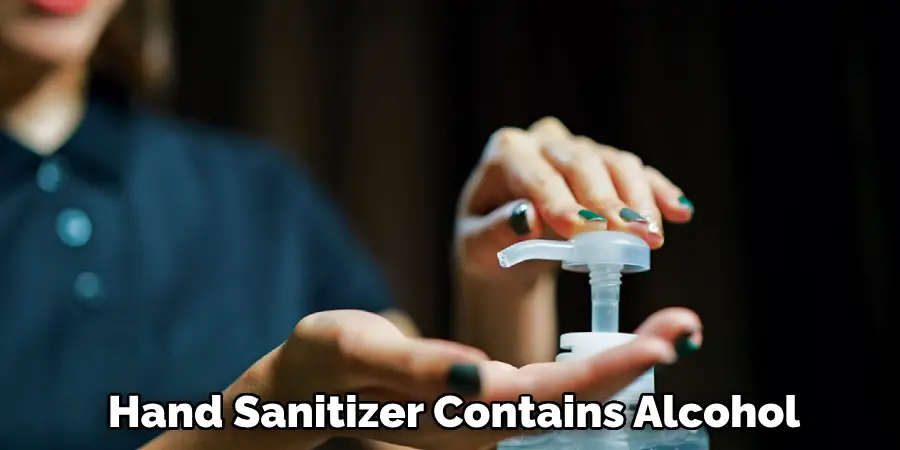
Urushiol is the primary allergen found in poison ivy, and when it comes in contact with our skin, it causes rashes and irritation. While hand sanitizer can help kill the oil on our hands, it may not be as effective on other surfaces, such as clothing or outdoor equipment.
Conclusion
In conclusion, how to get poison ivy off of shoes requires a comprehensive approach that begins with the careful inspection and cleaning of contaminated surfaces.
Each step, from scrubbing with detergent and water to using hot water in a washing machine for machine-washable items, plays a vital role in breaking down and removing stubborn urushiol oil. Thorough drying and disposal of contaminated cleaning materials are critical to prevent any residue from causing future issues.
Sanitizing the cleaning area and ensuring personal hygiene by washing hands post-cleanup also guard against accidental contact with the oil. By attentively following these steps, you can ensure that your shoes are free from poison ivy and safe for your next outdoor adventure.

